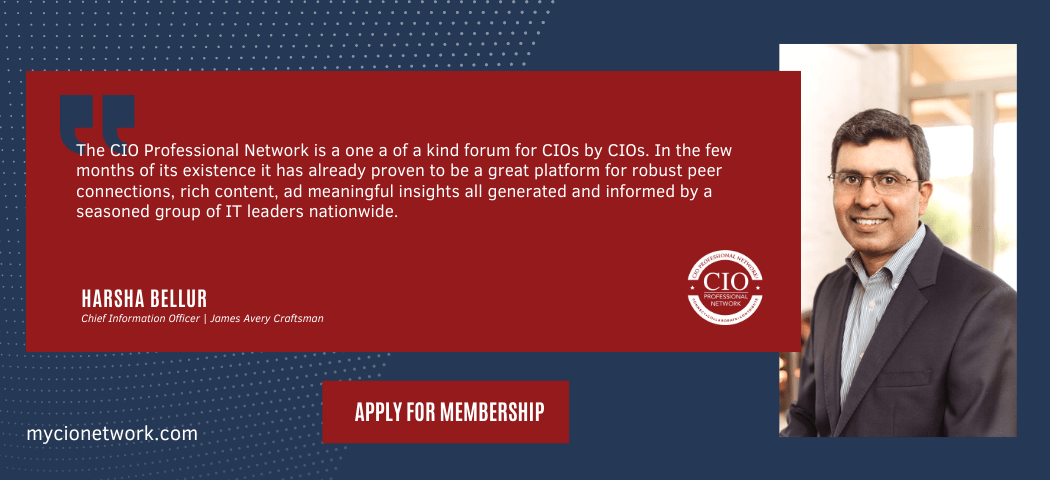Imagine walking into your first day at a high-profile tech job and being told to present a new, original idea to a room of seasoned creatives, without any context, background, or prep. That’s not a nightmare. That’s onboarding at Snap Inc.
According to CEO Evan Spiegel, this is exactly what happens when a new designer joins the company. The directive is to come up with an idea and present it in a team-wide design critique, on day one. The task is deliberately “almost impossible,” Spiegel admitted during a recent episode of The Diary of a CEO podcast.
But there’s a method behind the madness.
Rather than setting employees up for embarrassment, the goal is to jumpstart creative confidence, disarm the fear of failure, and cultivate a work culture where bold thinking thrives, even if it bombs the first time.
In Spiegel’s words: “You already failed. So now what?”
Why It Matters: Where innovation often separates success from stagnation, discomfort breeds growth. This leadership tactic is an example of using failure as a creative tool to build fearless, resilient thinkers ready to contribute meaningfully from day one. For tech leaders, it’s a sharp reminder that if you want bold ideas, you need to normalize risk.

- Immediate Engagement: New hires on Snap’s design team don’t get the luxury of observation or gradual integration. On their very first day, they are required to present an original idea to a team of experienced designers during the company’s weekly design critique session. With no access to project background, team workflows, or even company priorities, the task is intentionally overwhelming. The experience forces new employees to engage with the company creatively and immediately, rather than cautiously easing into their role.
- Failure Is the Foundation, Not the Finish Line: Spiegel’s philosophy is rooted in the idea that failure is not only inevitable but essential for creative growth. By initiating new hires with a scenario where failure is nearly guaranteed, he helps them normalize it as a part of the process. According to Spiegel, once someone experiences public failure and realizes it’s survivable, and even encouraged, it removes the paralyzing fear that stifles future ideas. “You already failed,” he says. “Now you’re free to create without fear.”
- Rewiring Fear Through Psychology: This approach aligns with techniques from performance psychology. Experts like Jocko Willink, a former Navy SEAL and leadership consultant, argue that most fear exists only in the mind. Facing it head-on, as Snap requires, creates a mental shift. Similarly, phobia expert Christopher Paul James supports using unexpected, even silly, methods to “disrupt” fearful thinking patterns. Snap’s onboarding approach does this on a corporate scale, rewiring the brains of new hires to embrace challenge over caution.
- Failure as a Team Bonding Mechanism: Rather than isolating new hires, the shared experience of early vulnerability helps create trust and connection. Spiegel explains that design critiques are not about tearing people down, but about building ideas together. As new employees stumble through their first assignment, teammates rally around them with feedback, encouragement, and even a little humor. The result is an immediate sense of inclusion, and an understanding that Snap’s culture values ideas over ego.
- Preparation Is Still a Superpower: While Snap’s onboarding can be jarring, career strategists say that preparation still plays a major role in how new hires navigate these kinds of high-pressure environments. Experts like Salesforce’s Lori Castillo Martinez advise job seekers to learn about a company’s mission, values, and expectations before day one. Connecting with current or former employees can also provide helpful insight. That way, when faced with an “impossible” challenge, new hires can still ground their ideas in something meaningful and show early initiative, even if the execution isn’t perfect.





